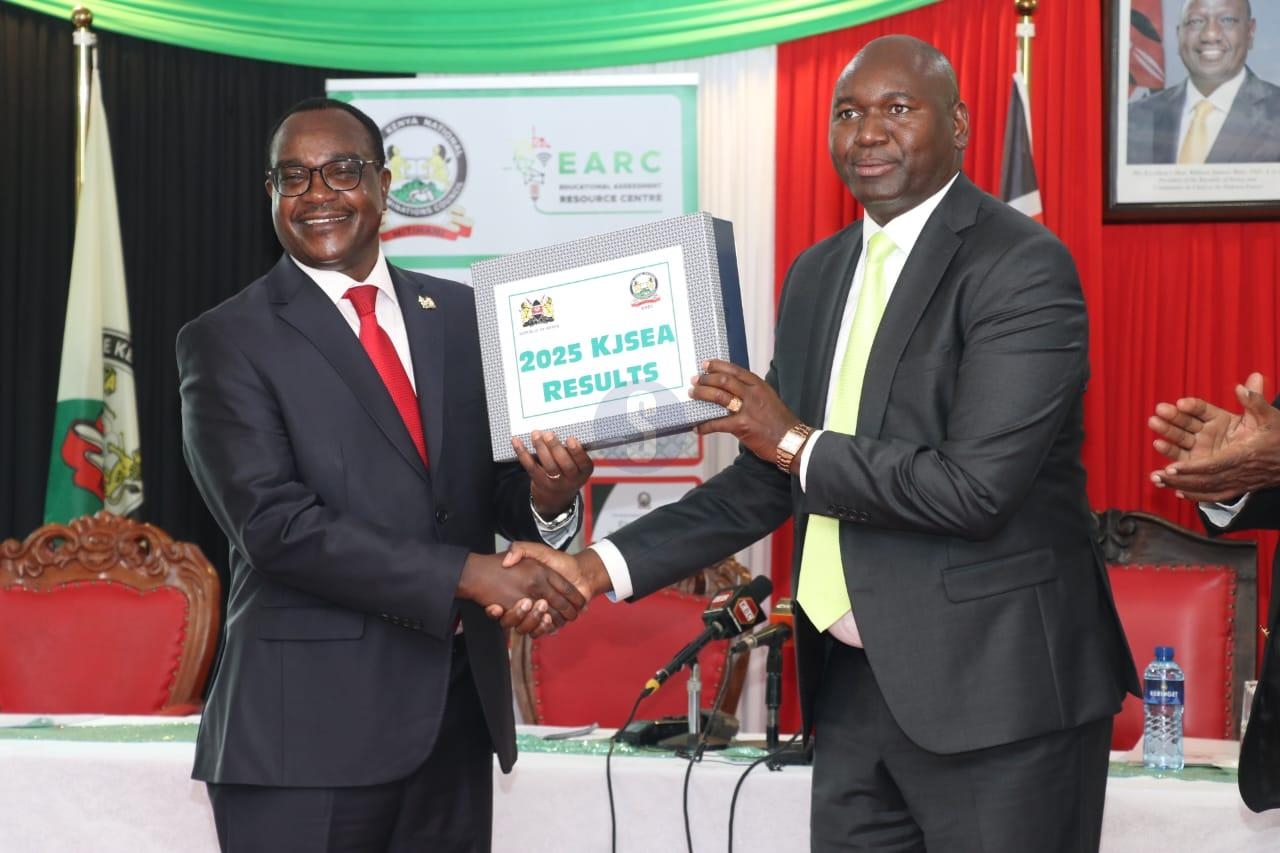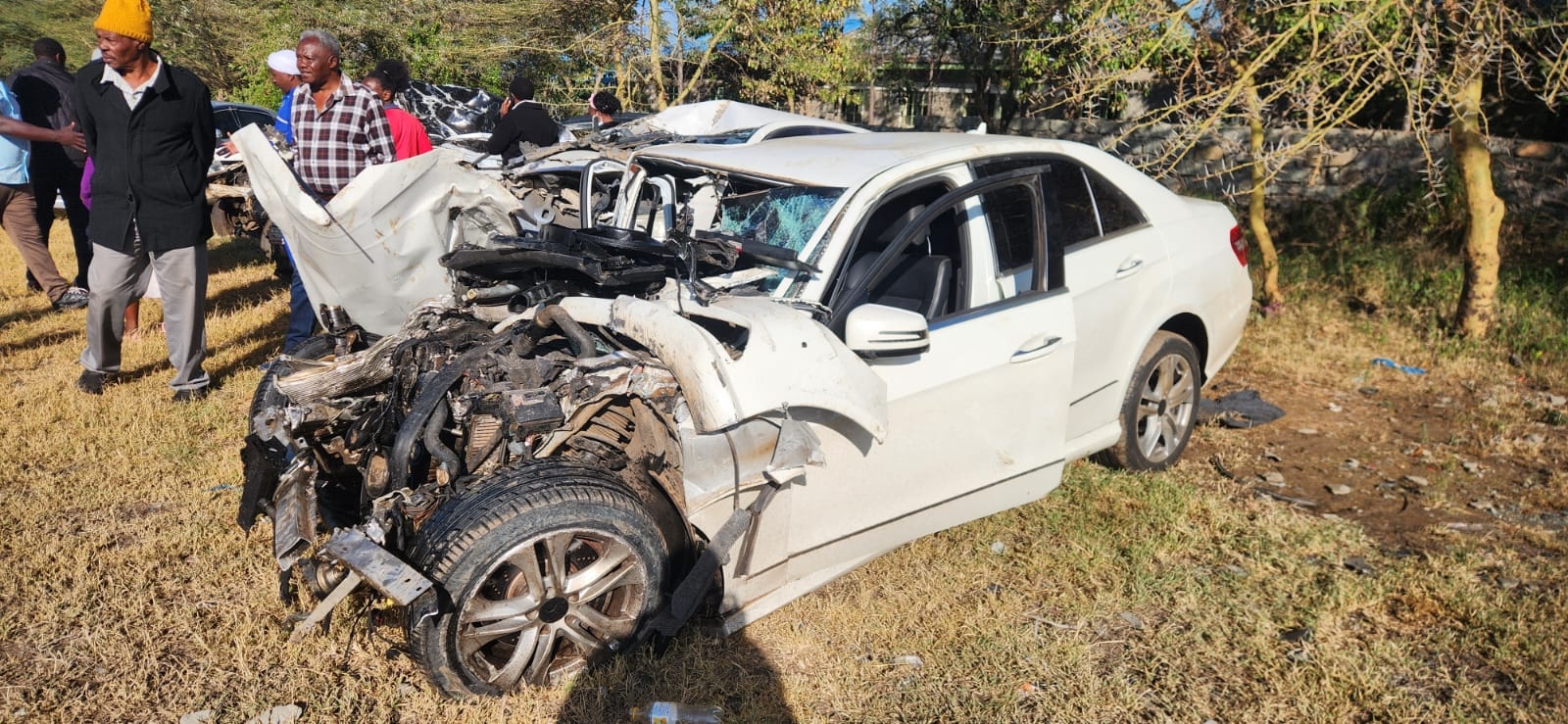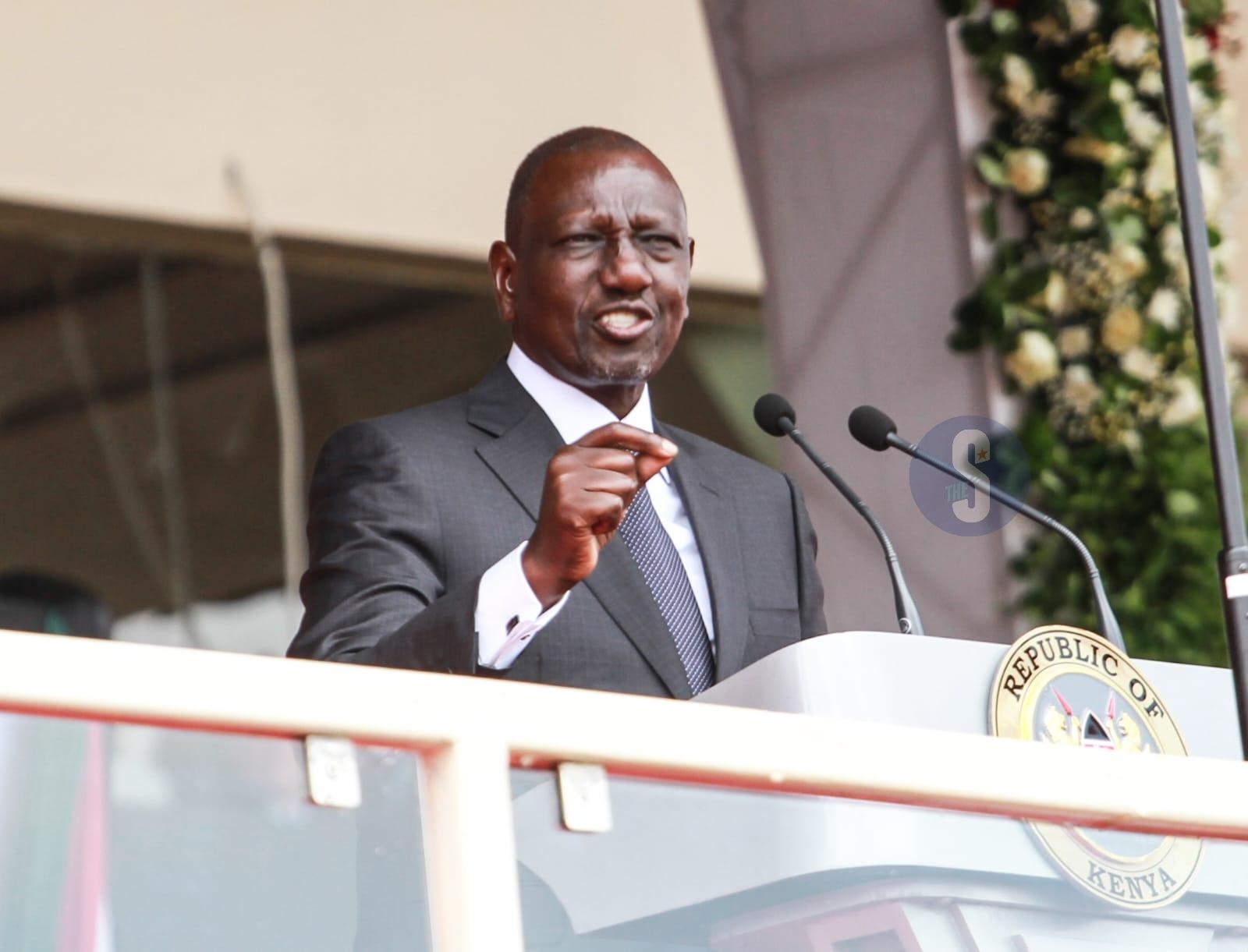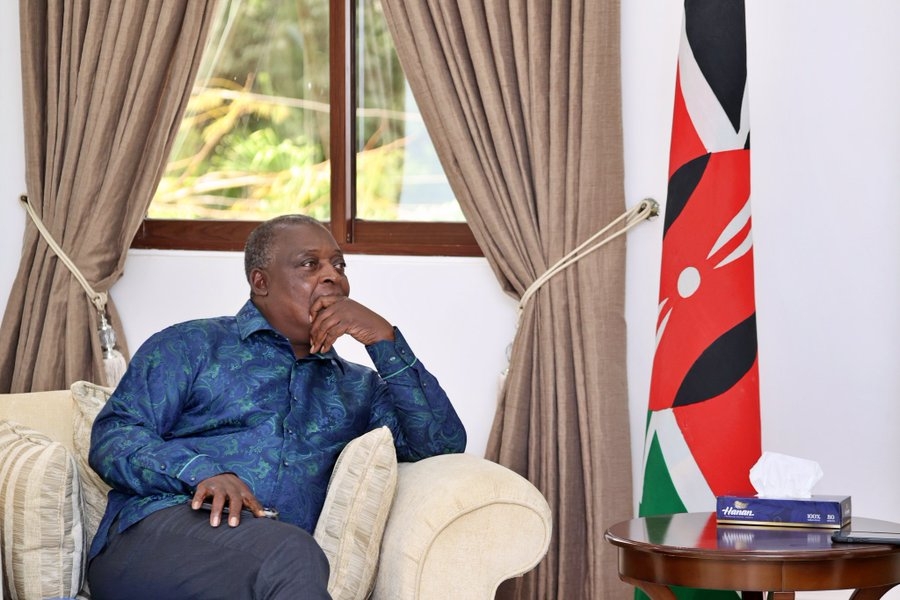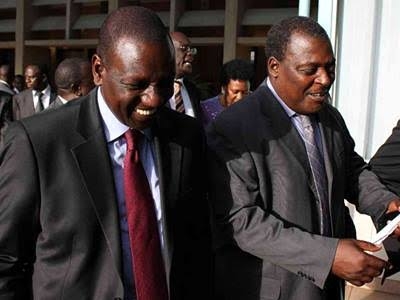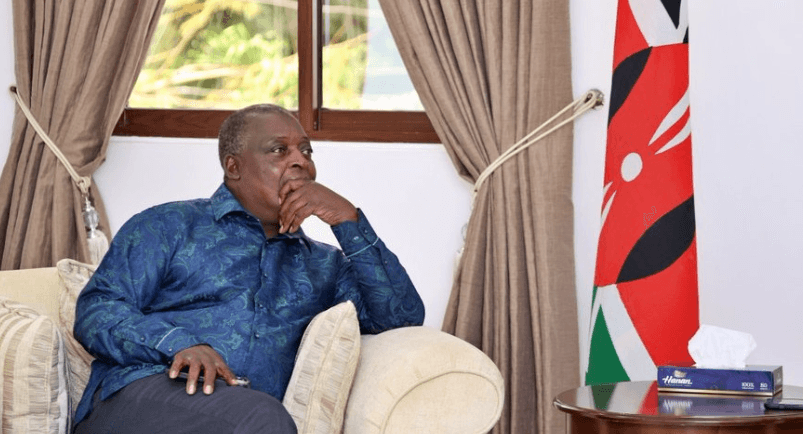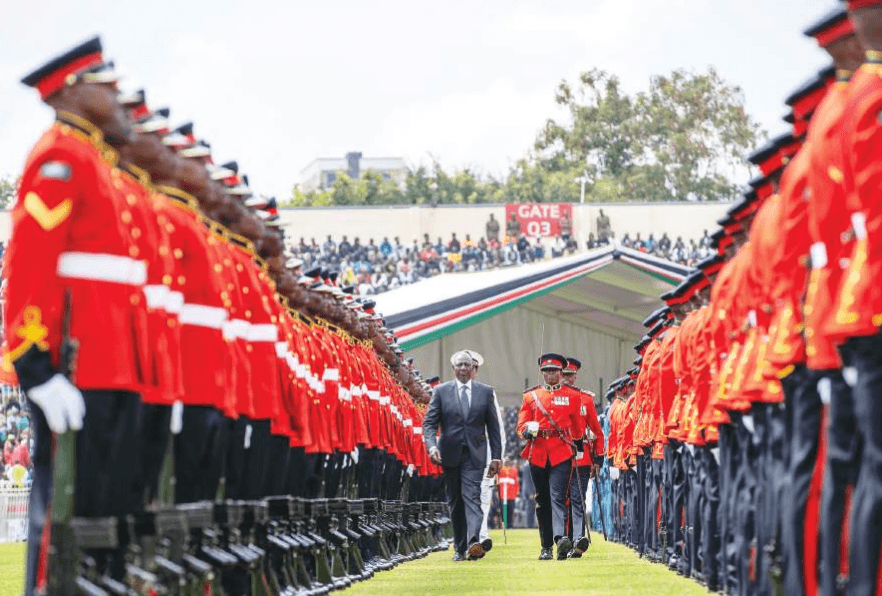Laikipia East MP Mwangi Kiunjuri has continued to defend his proposal to have the IEBC Act on the delimitation of boundaries amended.
In the IEBC Amendment Bill, 2023, Kiunjuri seeks to have the electoral commission draw on the population as compared to land mass as a defining factor in the forthcoming process.
He has argued that this would guarantee equality of votes and help address population inequalities within constituencies which undermine universal suffrage based on the aspiration for fair representation.
“Article 89(7) (b) of the Constitution requires progressive work towards ensuring that the number of inhabitants in each constituency and ward is as nearly as possible equal to the population quota,” he says.
Speaking when he appeared before the Justice and Legal Affairs committee for the second time, Kiunjuri said the proposed amendments will cure disparities in resources distribution.
"What we are saying is let us come up with a formula of even setting constituencies in Kenya, for example, look at Nairobi, it has 18 constituencies. Nairobi cannot expand, but its population is expanding," he posed.
The weight of the vote, he said, will help address it.
"TJ Kajwang with 150 voters and a population of more than 500,000 people means his weight of vote cannot be the same as that of Mwangi Kiunjuri with 40, 000 voters and a population of about 200, 000 people,’’ Kiunjuri stated.
He points out that the defunct Interim Independent Boundaries Review Commission (IIBRC) chaired by Andrew Ligale failed to consider this in its report.
“The Ligale-led commission did not appear to factor in the consideration of equality of the vote though they had alluded to it as a critical consideration in its report,” Kiunjuri avers.
The last boundary review was done in 2010.
In its final report, the commission cited the Kriegler report as having recommended that the basic principle for delimitation of constituencies should be the equality of the votes.
It further stated that the criteria such as density of population trends, means of communication, geographical features and community of interest should be retained but they should interfere minimally with the basic principle of voting strength.
Equality of the vote, according to the legislator is set to guarantee equal opportunity for the people in a particular area.
If approved, the impending review will be in such a way that the boundary of each constituency shall be of the number of inhabitants “in that constituency as nearly as possible equal to the population quota”.
The Service party leader notes that the amendments would ensure government resources and opportunities as recruitments and bursary allocation are allocated at a constituency level.
He has argued there have been complaints regarding the manner in which the 80 constituencies and 1450 County Assembly Wards were created, their distribution, their names, boundaries and areas of allocation.
He has cited the Kaptembwo sub-location in Nakuru Town West with a population of 70,352 which he said was delimited into a ward of its own.
In settling the dispute, the court according to Kiunjuri ruled that “The other Wards in the constituency have populations ranging from 6,781 to 24,596 meaning that in such a place population parity cannot be achieved as long as the unit of delimitation is the sub-location”.


